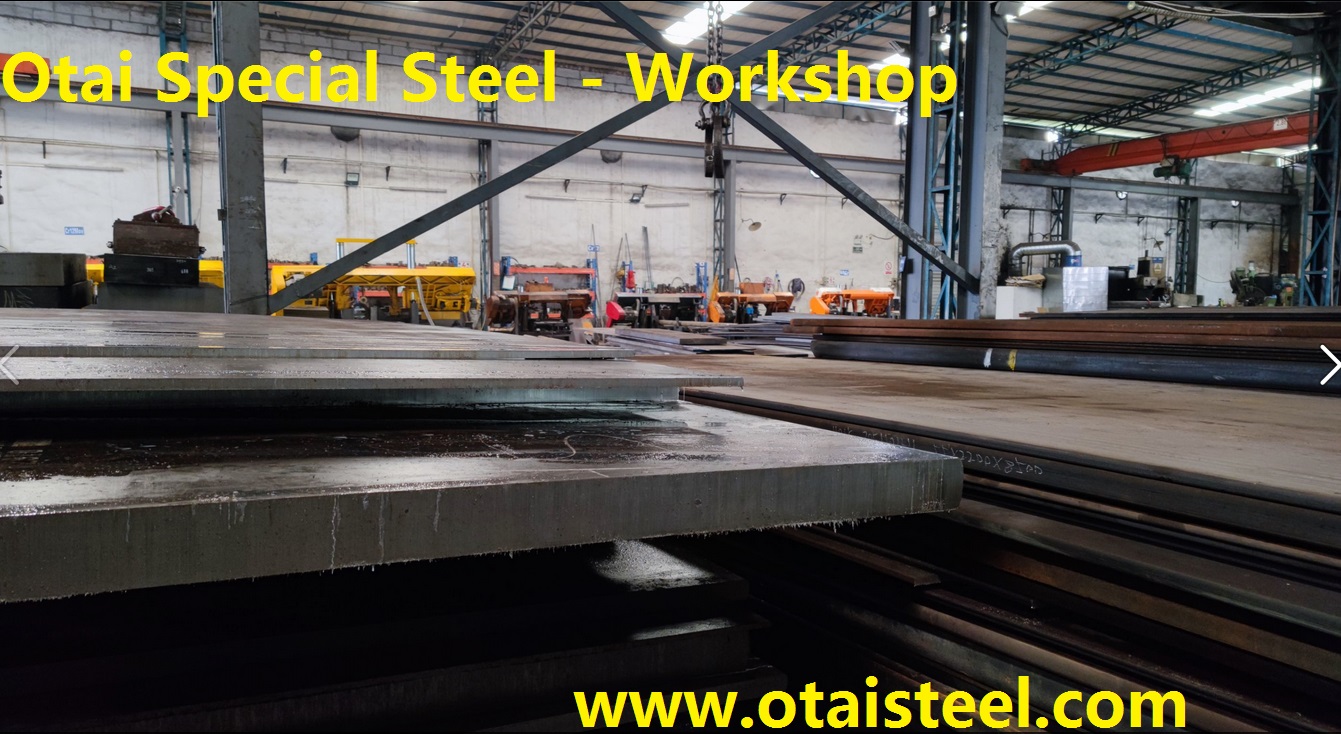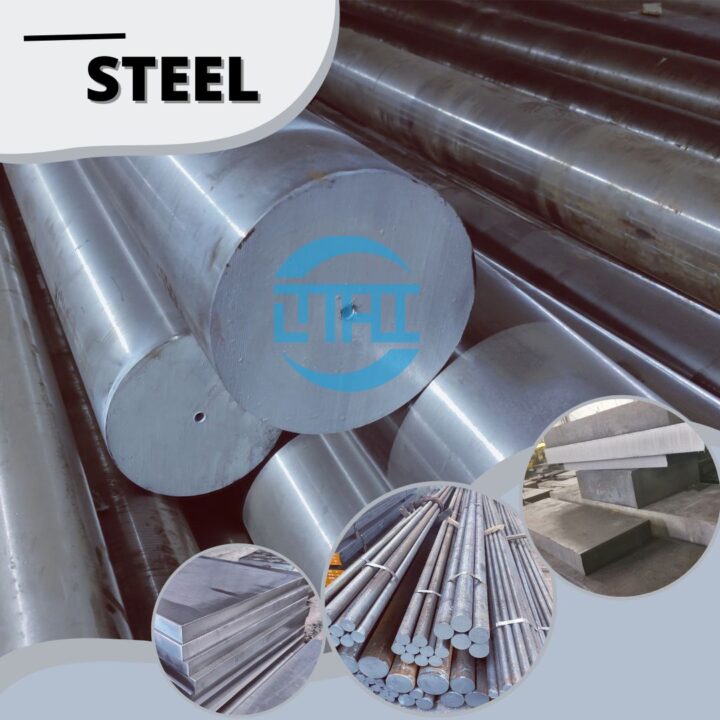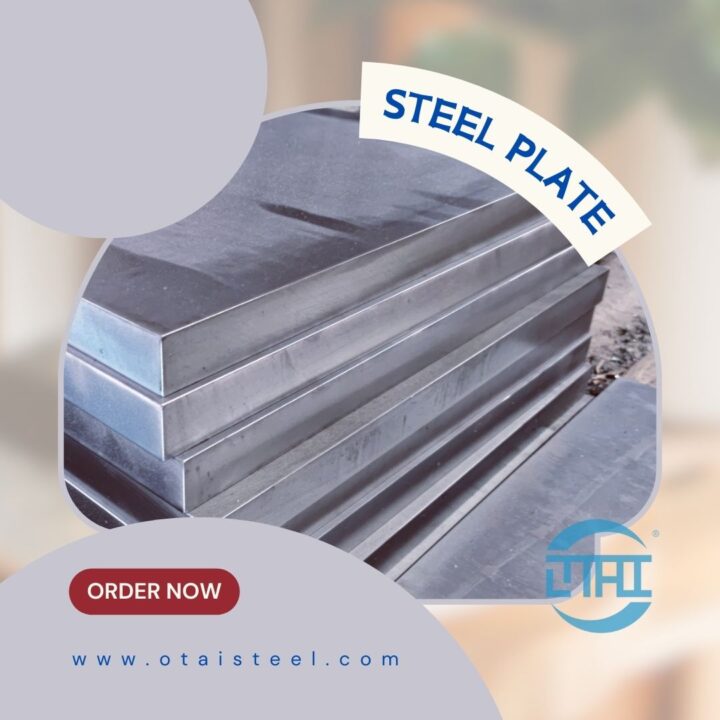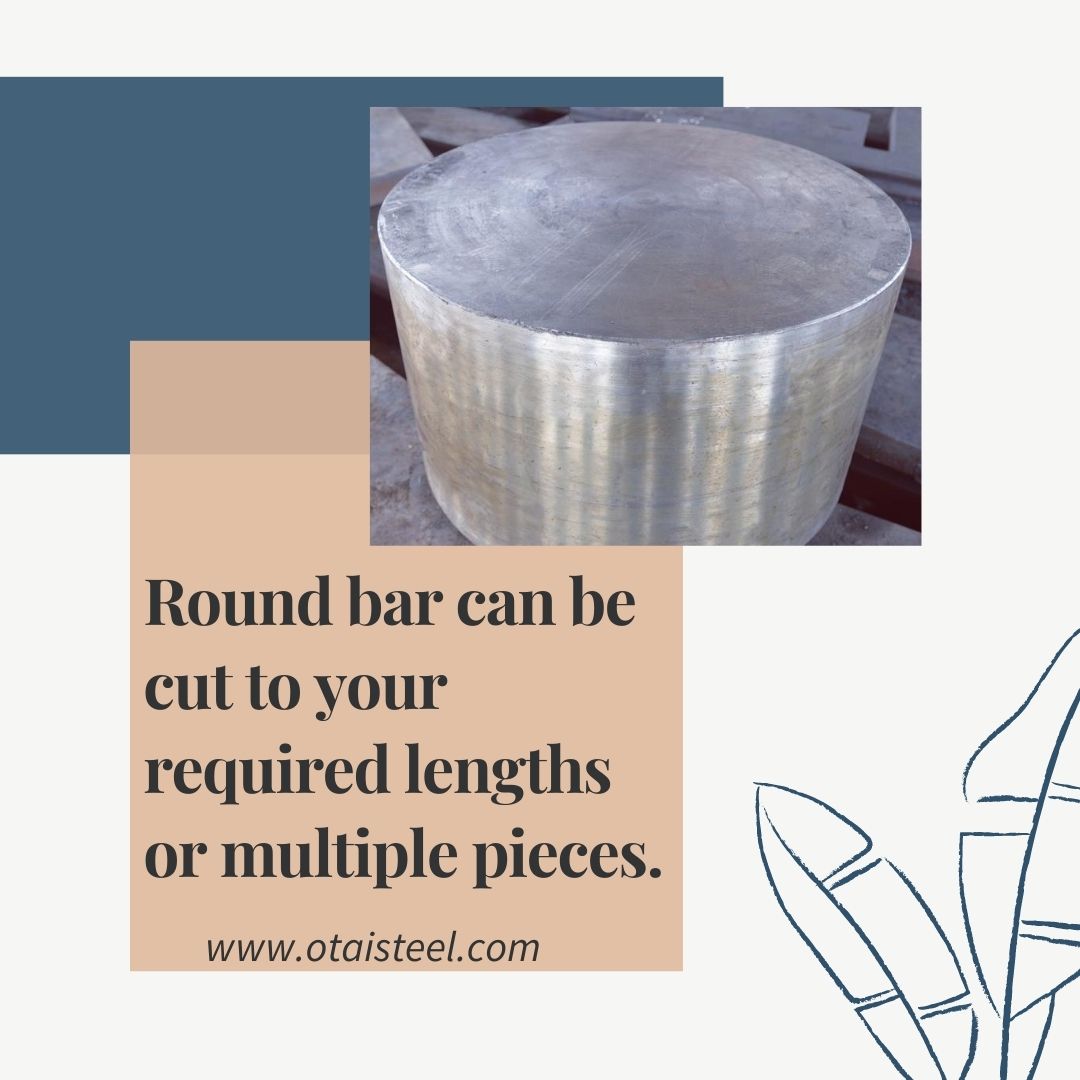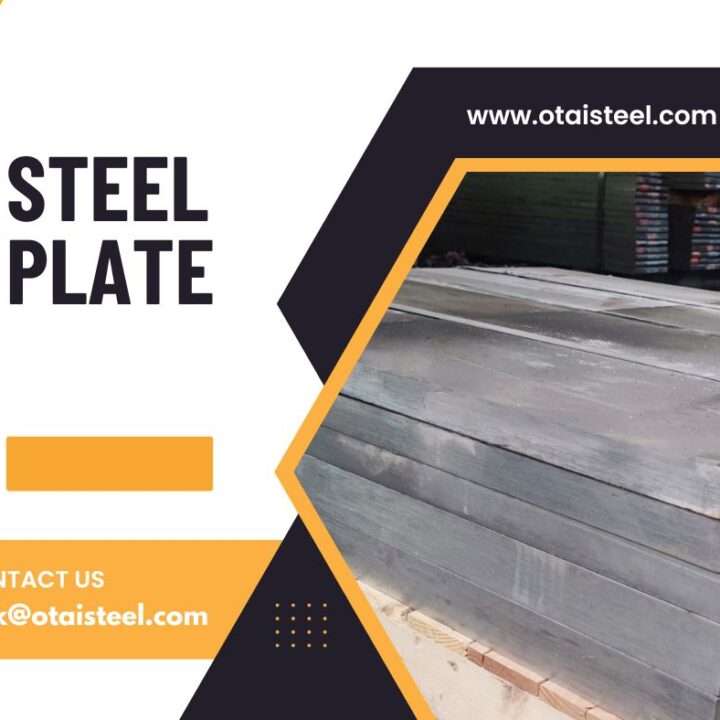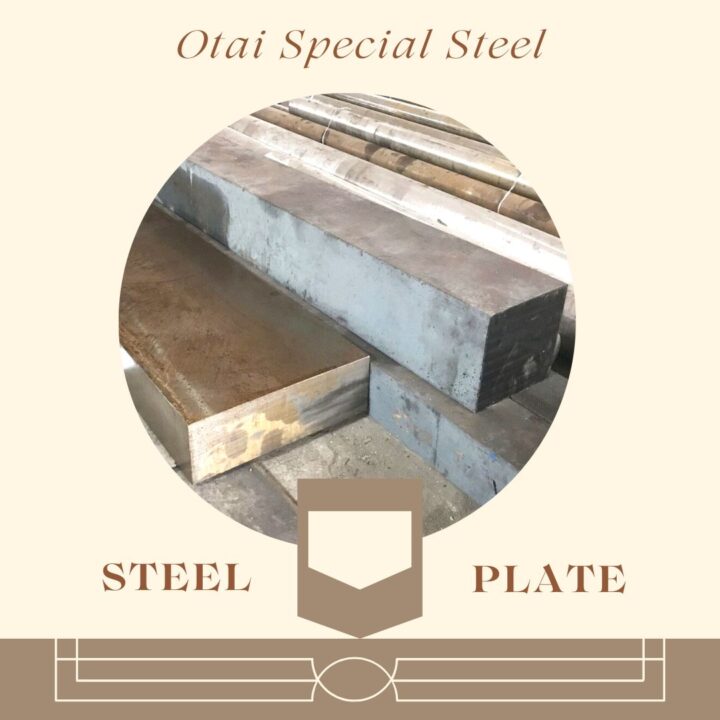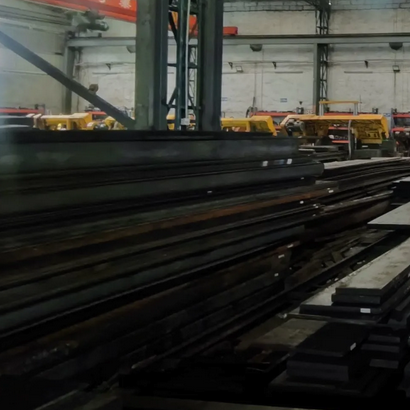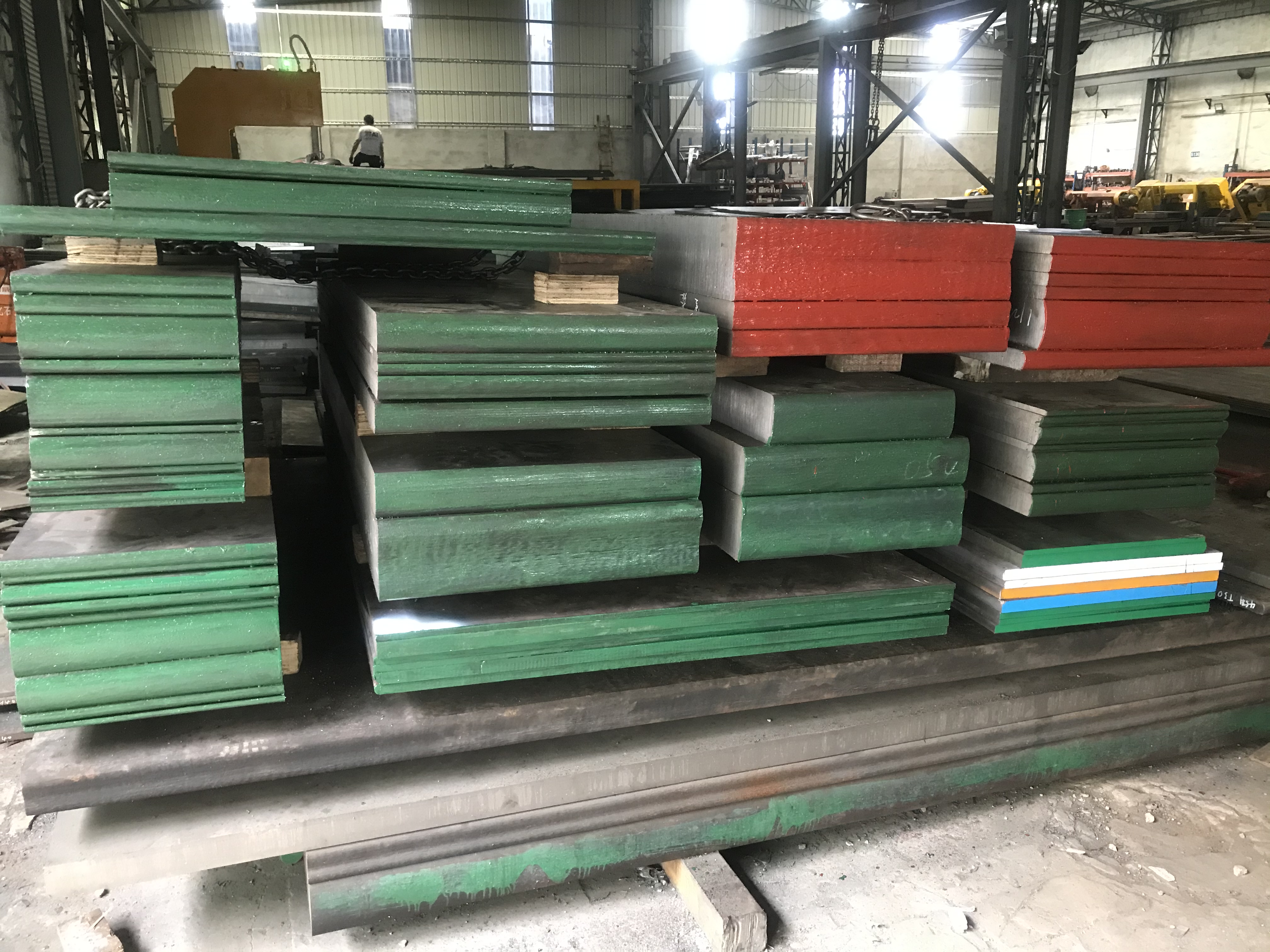Corrosion, often lurking unnoticed, poses a significant threat to metals and alloys. It can compromise structural integrity, aesthetics, and functionality, making corrosion resistance a paramount consideration in material selection.
Introducing A2 Steel: A Corrosion-Resistant Ally
Composition and Its Influence
A2 steel, an air-hardening tool steel, boasts a composition that includes chromium, which plays a pivotal role in its resistance to corrosion. Chromium forms a protective oxide layer on the steel’s surface, shielding it from corrosive agents.
Passive Film: A2 Steel’s Protective Shield
A2 steel’s corrosion resistance is owed to the formation of a passive film—a thin layer of oxide—that acts as a barrier against the penetration of corrosive substances. This film self-heals when damaged, further enhancing the steel’s durability.
Applications of A2 Steel’s Corrosion Resistance
Tooling and Industrial Equipment: Enduring Harsh Environments
In industrial settings, A2 steel’s corrosion resistance is instrumental in tools and equipment exposed to chemicals, moisture, and abrasive agents. Its ability to resist corrosion extends the lifespan of these essential components.
Cutlery and Kitchenware: Maintaining Hygiene and Luster
A2 steel’s corrosion resistance finds a place in the culinary world, where hygiene and aesthetics are paramount. Cutlery and kitchenware made from A2 steel not only resist tarnishing but also uphold their shine and cleanliness.
Advantages of A2 Steel’s Corrosion Resistance
Prolonged Lifespan: Reducing Replacement Costs
The enhanced durability of A2 steel translates to a longer lifespan for tools and equipment. This longevity curtails the need for frequent replacements, leading to cost savings for industries.
Versatility: Thriving in Varied Conditions
A2 steel’s corrosion resistance is not limited to specific environments. It thrives in both outdoor and indoor settings, making it adaptable for diverse applications.
Low Maintenance: Easing the Burden
The formation of the protective oxide layer reduces the need for extensive maintenance. A2 steel components require minimal upkeep, freeing resources for other tasks.
Maintaining A2 Steel’s Corrosion Resistance
Regular Cleaning: Preventing Contaminants
Routine cleaning removes contaminants that could compromise the protective film. Mild cleaning agents and soft cloths are recommended to avoid damage to the film.
Proper Storage: Minimizing Exposure
Proper storage conditions play a crucial role in maintaining A2 steel’s corrosion resistance. Storing items in dry, clean environments prevents the onset of corrosion.
Selecting A2 Steel for Corrosion-Prone Environments
Compatibility with Different Environments
A2 steel’s adaptability to various environments makes it an excellent choice for projects subjected to unpredictable conditions.
Availability and Affordability
A2 steel’s corrosion-resistant properties are accessible without exorbitant costs. Its availability makes it a viable option for various applications.
A2 steel stands as a resilient shield against the relentless forces of corrosion. Its corrosion resistance, driven by a well-structured composition and the formation of a protective oxide layer, extends the lifespan of tools, equipment, and everyday items. As industries and individuals seek materials that withstand the test of time and environment, A2 steel remains an exceptional choice, offering not just strength, but also the armor of corrosion resistance.
